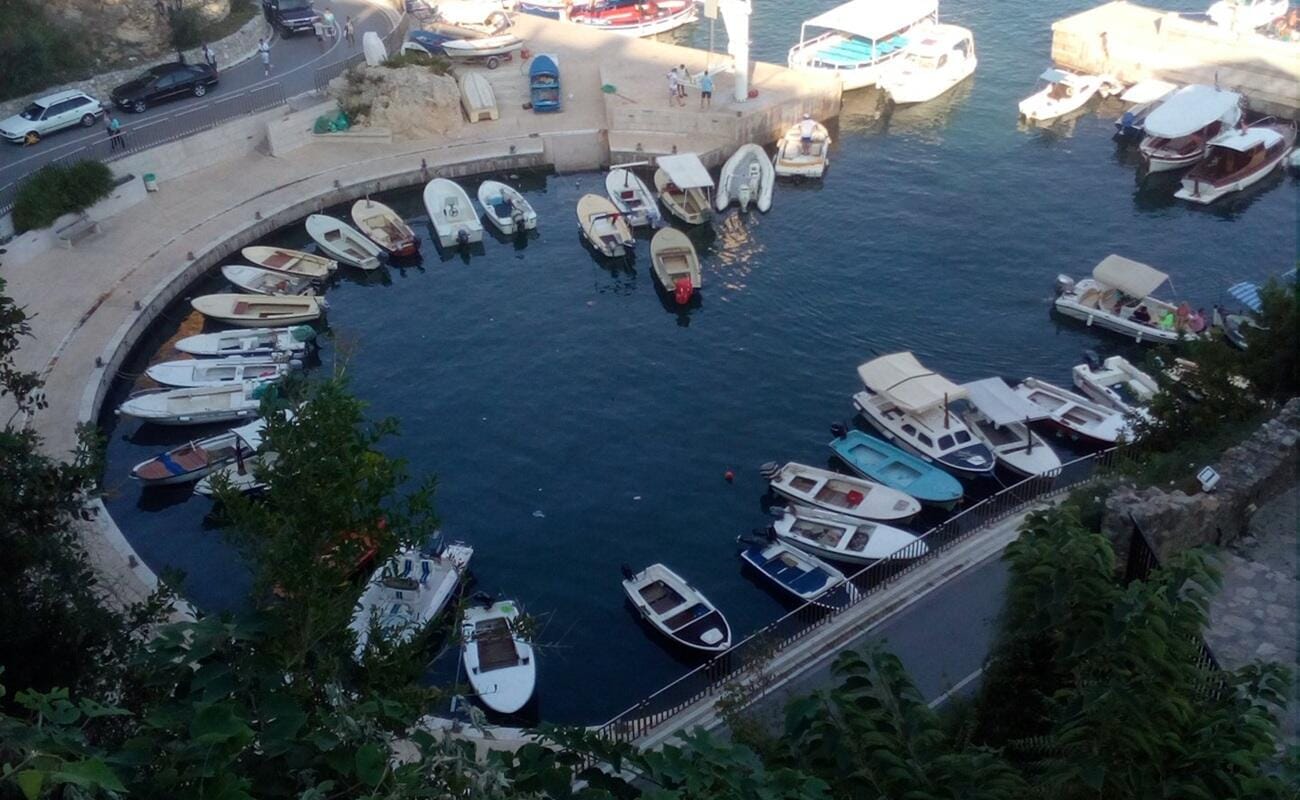
Visiting Ulcinj, Montenegro
Ulcinj is one of the oldest cities on the Adriatic coast. From prehistoric times to the 19th century, this city was the subject of many conflicts and occupations by different peoples due to its very important geographical position. Some stayed longer, some less, but they all left their traces. It is believed that the Old Town of Ulcinj was built in the 5th century BC by the Greeks from Colchis. In his famous poem, Apollonius Rodius from the 3rd century BC tells the story of the arrival of the people from Colchis. From this enthronement, important traces still remain to this day, consisting of the remains of the huge walls, which are the oldest on the southern coast of the Adriatic.
Ulcinj and its surroundings can count on a rich cultural and natural heritage, which is able to satisfy even the most demanding tourist. In this section, we will limit ourselves to providing as simple information as possible, limited to four locations in this part of Montenegro, leaving every visitor to Ulcinj the opportunity to gradually and independently discover the beauty and uniqueness of this region.
The Montenegrin coast has about 30km of beaches, of which more than
50% belong to the Ulcinj Riviera. The longest of all these is Velika plaza, about 15km long and about .60m wide.
It was named “Bostan” because of the watermelons that are grown in large quantities in the nearby Stoj plain. This beach which, due to its beauty has deservedly been called the Copacabana of Montenegro, stretches from
Port Milena to the mouth of the Bojana River. It is about 4km from the town of Ulcinj, made of fine grayish sand known for its therapeutic effects.
Ulcinj occupies the southernmost part of the Adriatic coast, and is located in the southeastern part of Montenegro. Due to its distinct natural and geographical characteristics, Ulcinj and its surroundings belong to the marginal subtropical zone of the European Mediterranean. In its southern part, 30 kilometers long, Ulcinj faces the Adriatic Sea, and in its eastern part, the Bojana River. In the central part of Ulcinj is Lake Sasko, and in the bay, Ulcinj is surrounded by the massif of Mount Rumija. With nearly 20 km of beaches, of which 15 km are fine sandy, over 6,000 ha of arable land, olive groves of about 88,000 trees, the healing properties of sand, mud and mineral sulfur water (which have been given the highest ratings by eminent domestic and foreign experts and institutes), Ulcinj represents a respectable economic and tourist potential for the development of all types of tourism (elite, nautical and health), and agriculture as a comparative branch. The area of 255 km2 that Ulcinj and its surroundings make up is a unique example of extraordinary beauty: endless sandy beaches, azure blue sea, rivers, lakes, mountains and lush vegetation.
Feedback
I created this website to help people who share my understanding of naturism. Therefore, your opinion is very important, not for me, but for other visitors to this website. Share your opinion and answer the questions below, or simply share what you think is most important. Thank you!
Questions:
What did you enjoy most about your stay and where?
How did your experience at FKK/naturist beach and whether meet your expectations?
Would you recommend it to others?






No Comments